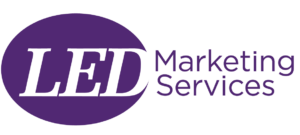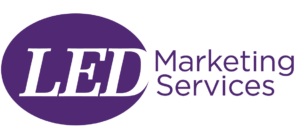The use and care of data is vital to the success of any organization, and it is the lifeblood of a marketer. Preserving data integrity and ensuring accuracy are vital when switching to a data management system.
The decision to change databases should never be made lightly. Sometimes a move is unavoidable, like when your CRM upgrades to a new technology and it requires moving your data into the new system. Other times, the move makes sense because features of the new CRM provide efficiencies of scale that just aren’t available in your current tool.
I’ve been part of both kinds of projects, and both are riddled with pitfalls. Here’s some thoughts on what to look for and how to avoid major issues.
Do your research. There are a lot of database solutions out there, so don’t settle for the first one you find that specializes in your field. Google for products. Check with colleagues at similar organizations. Make a list of options and then look for product reviews online.
Schedule a demonstration. For every company you want to investigate, schedule a demo with a sales rep and have a list of your hardest questions ready. You may also be able to test the software in a sandbox environment and take the wheel yourself to see how the software works. If it’s not offered, ASK!
Get references. Once you’ve narrowed down your search to your finalists, ask the sales rep for references you can talk to ask about their experience with using the software, migrating to the software, and customer service. This can be invaluable and keep you from falling for a sales pitch that assures you features you need are available, when in reality they are not.
Map your data. Before moving your data, you must first understand how your current data is structured, and how the new system structures data. This is vital in ensuring that no data is lost and that you can access all the information once it’s been moved from one system to the other.
I found it helpful to draw out a diagraham and match my existing data to its new home in a 1:1 system. This allowed me to make sure that I had a bucket in the new system that would house every piece of data from the old system.
Standardize terms. The new system may use different terms than your existing system. Make note of those differences, and see if your provider can edit field names to help reduce confusion.
If you are merging multiple data sources together, do all you can to standardize the key terms used to describe the data to eliminate duplicates and near duplicates in the system. Work with the data system provider to automate this process to save time.
Migrate the data and test the system. Once everything is mapped out, it’s time to pull the data into the new system. This should definitely be left to the pros at your data management software provider. Once the data is migrated, then it’s time to begin quality checking to ensure the data came over as you expected and no data has been lost. Spot checking specific records with unique situations that could be potential problems is a great place to start.
Document, document, document. Create a manual that provides the key information that your data management system operators need to transition from one system to the other. This includes sharing new system structures and key terms that are different from the ones they are used to. Write out processes step by step, with screen shots if needed, to demonstrate how to complete common tasks and tasks that are only completed once in a while. This will create a reference guide to support your training efforts.
Train your team. Once data mapping was complete and data was migrated, training becomes the next hurdle to adoption and use of the new systems.
Training may be available through your CRM provider, but you should review the training outlines and processes the trainers will go over to ensure that any areas where your internal processes will deviate from their training are covered separately.
Plan for turnover. If possible, record and keep the training sessions on file for new employees or team members. This will help ensure everyone is on the same page from the beginning of using the system and will improve data integrity.
Evaluate the product. Inevitably, there will be bumps in the road. Know that going in, and be prepared to work with support to address any issues that come up. How support handles those issues will be a determining factor in whether you extend a contract with the software company in the future. If they’re open to your suggestions for enhancements and responsive to your issues, it could be the beginning of a long and profitable relationship for both of you.


